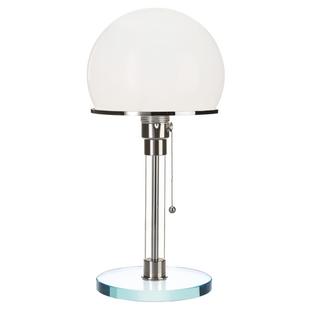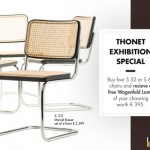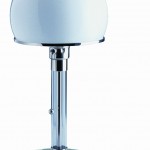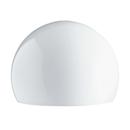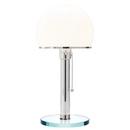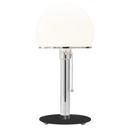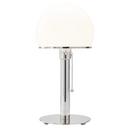Thonet Exhibition Special: Buy Four Thonet Chairs. Recieve a Free Tecnolumen Wilhelm Wagenfeld Lamp
...For by way of celebrating the Sitting – Lying – Swinging, an exhibition on "home turf" as it were, (smow) have teamed up with Thonet and Bremen based manufacturer Tecnolumen to organise an exhibition special offer: Purchase four Thonet S 32 or S 64 chairs and receive a free Tecnolumen Wilhelm Wagenfeld WA 23 SW, WA 24, WG 24 or WG 25 GL lamp...





















